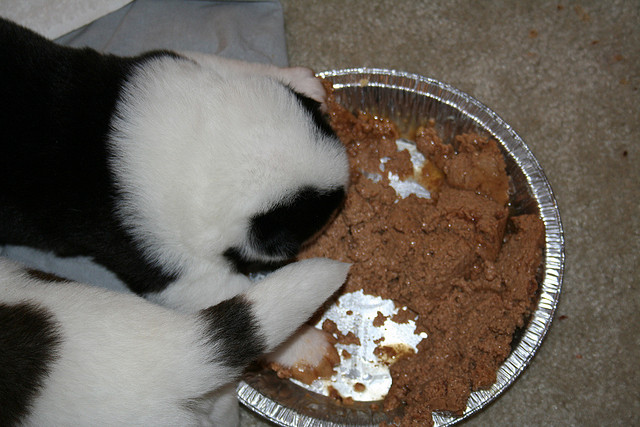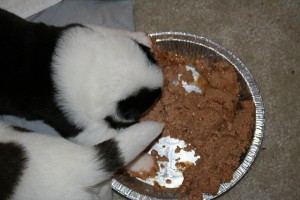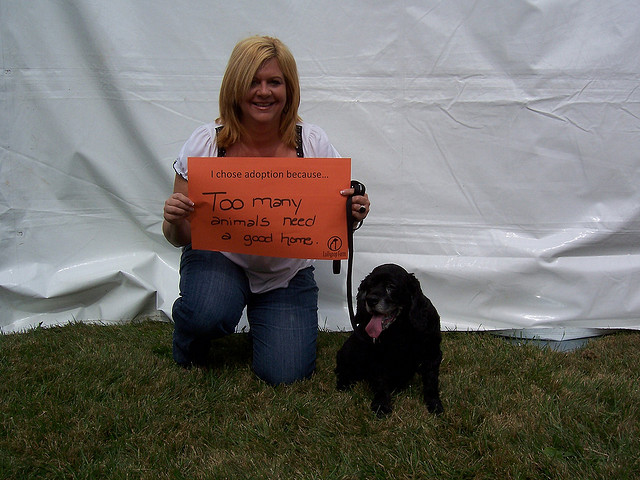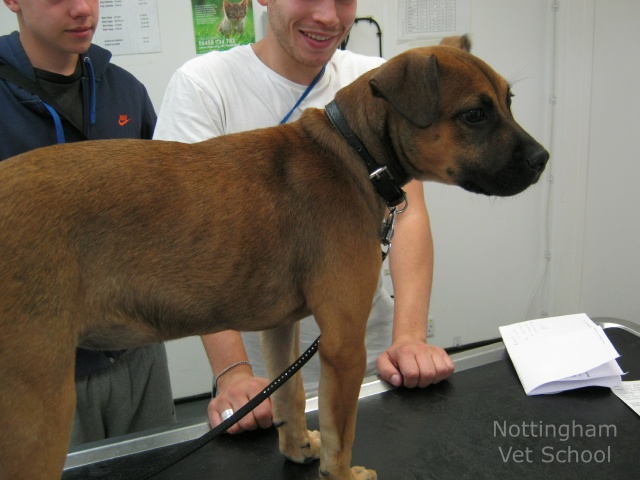When choosing food for your new puppy you need to make sure it has everything needed for proper nutrition. With so many food options out there stating that they are the best for growing puppies, strong bones and energy, which one should you choose?
Below are some puppy feeding guidelines and information to help you make the best decision:
Puppies are growing rapidly, building bone and muscle, and developing organs. Adult dogs are maintaining their bodies. Your puppy needs extra nutrients to fuel his growth.
Puppies should get solid food starting at about four weeks, when they’re not able to get all the calories they need from their mother’s milk. Most puppies are weaned by six weeks.
How do I select a high-quality puppy food?
Start by asking your veterinarian what he or she recommends, says C.A. Tony Buffington, DVM, PhD. Buffington is a professor of veterinary clinical sciences at The Ohio State University Veterinary Hospital. “In the first six months or so, the nutrient needs are changing very quickly. And, they leave the least margin for error.” So asking your vet is a good idea since veterinarians typically recommend diets they’ve had the most experience with.
How often should my puppy eat?
Puppies should eat three times a day from weaning through four to six months, if possible. After six months, twice-a-day feedings are fine.
How much should I feed my puppy?
Puppies need to take in a lot of calories to fuel their rapid growth. At the start, that means about twice as many per pound as an adult dog of the same breed. Puppies grow the fastest in their first five months.
Does my large-breed puppy need a special food?
Large breeds such as Great Danes, Labrador retrievers, and Doberman Pinschers are more likely to develop skeletal and joint problems, including hip dysplasia. Although these conditions are primarily triggered by inherited factors, overfeeding can worsen the situation.
Large-breed puppy foods are designed for controlled growth and may be lower in calcium and phosphorus than other puppy foods. Excess levels of calcium and phosphorus can contribute to skeletal problems. Large-breed puppy food also may contain more fiber to add bulk to the diet without calories.
What kind of puppy treats should I give?
Many pet owners like to reward their dogs with treats, but it’s best to limit them. Because puppies need so many nutrients to grow, it’s important to give them food that provides complete and balanced nutrition. A puppy should get most of his calories from puppy food rather than from treats, which typically don’t provide complete nutrition.
Aim for no more than 5% of calories from treats, say nutrition experts at the American Society for the Prevention of Cruelty to Animals. Choose treats that are the right size for your puppy. A Yorkshire terrier, for instance, doesn’t need an extra-large dog biscuit. And avoid table scraps, which teach your puppy at a young age to beg for treats at the table and can cause digestive upset and pancreatitis, a serious illness.
When should I switch from puppy food to adult dog food?
Once puppies have reached 90% of their expected adult weight, they should switch from a growth diet to one that’s suitable for maintenance. Small breeds may finish growing by nine to 12 months; for large breeds, expect 12 to 18 months.
What foods are dangerous for my puppy?
Some foods that people enjoy can be harmful to dogs. Keep your puppy away from avocados, chocolate, grapes, raisins, macadamia nuts, and raw bread dough made with yeast. Also avoid onions, garlic, and chives; milk and large amounts of dairy products such as cheese; alcohol; coffee and caffeine; salty food, such as potato chips; and food sweetened with xylitol, such as gum, baked goods, and candy. Xylitol, also used in products such as toothpaste, can cause liver failure in dogs.
So now that you have all of this information do you feel more confidant about selecting food for your little guy or gal or do you have more questions?






Leave a Reply